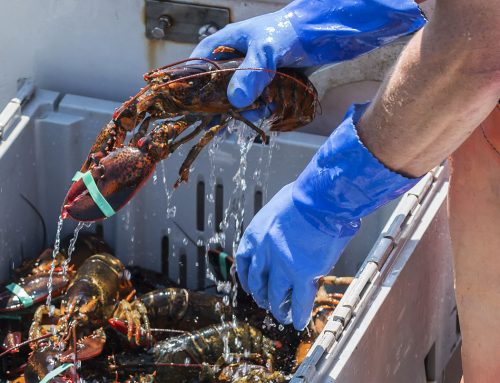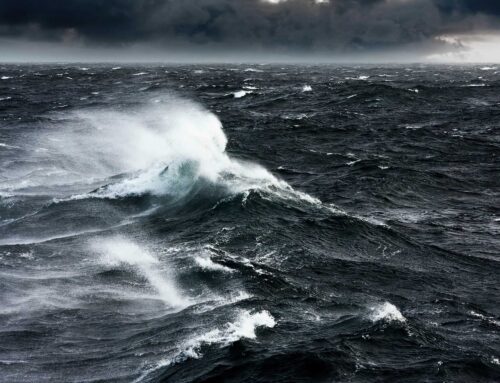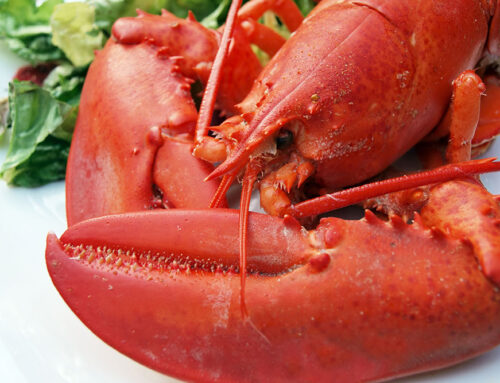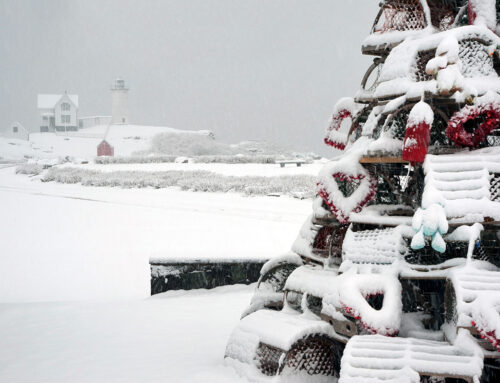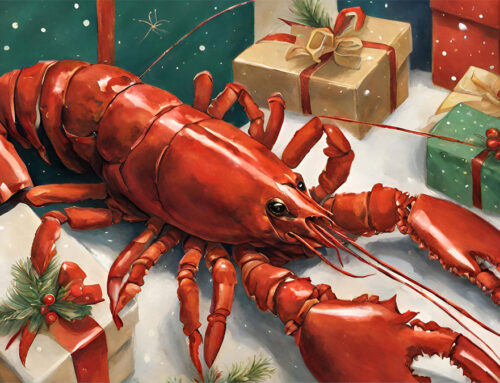A snapshot of the “Perfect Storm” challenges facing the industry
Unless you’ve been closely following the news in Maine, you probably don’t realize that lobstering as an industry is getting assailed on all sides — and it is deeply and negatively impacting nearly 5,000 lobstermen and their families up and down the coast.
In early September, the environmental group Seafood Watch assigned a “red rating” designation, which discourages individuals and organizations from purchasing Maine and Canadian lobster. The group claims that lobster gear may be responsible for harming the endangered North Atlantic right whales.
This rating system has influenced retailers and food service providers since 1999. Since this designation, several national companies have stopped buying lobster for their products, which has negatively impacted lobstermen already having a rough summer with high fuel and bait prices, as well as low prices per catch.
This is on top of the National Marine Fisheries Service rule implementing new regulations under the federal government’s whale protection plan. The fishermen implemented the new regulations in 2022, but NMFS is in the process of developing additional regulations that will go into effect within the next two years. Maine Lobstermen’s Association (MLA) sued NMFS, arguing that NFMS acted arbitrarily and that the plan doesn’t utilize an objective assessment of the best available data. They maintain that the plan will all but eliminate the lobster fishery, yet still fail to save the endangered whales. On Sept. 8, a federal judge rejected MLA’s lawsuit challenging the data, a ruling that MLA and the State appealed in federal court. MLA submitted a motion for expedited consideration of its appeal, which the federal court granted on Oct. 18.
FACT: There has not been a single known right whale entanglement in Maine lobster gear in almost 20 years.
FACT: Maine lobster gear has never been linked to a right whale death.
FACT: Maine lobstermen have been implementing whale conservation efforts for the last two decades, including modifying and developing innovative gear solutions — at their own expense.
In compliance with National Oceanic and Atmospheric Administration’s (NOAA) regulations, lobstermen have, “applied gear markings; implemented sinking ground lines; have moved to weaker lines; inserted ‘weak links’ into vertical lines; and increased the size of their trawls to reduce the number of vertical lines in the water. Through these efforts, the Maine lobster fishery has removed an estimated 30,000 miles of line from the water in order to protect whale species,” according to a statement by Maine Independent Senator Angus King.
For generations, lobstermen have committed to the long-term sustainability of the ocean and the fishery, and care deeply about the preservation of the right whale species. They know their territories like the back of their hands and use colored markings on their lines, so if a right whale ever became entangled, federal officials would know where it occurred.
Except it hasn’t. That’s the point Maine lobstermen like Scarborough lobsterman Greg Turner recently made in a WGME article: Maine lobster gear has never been linked to a right whale death.
“I’ve seen gear that they’ve retrieved from these whales,” Turner said. “And I’ve gone and looked at it. And none of it come from anything that we would use.” Turner pointed out what most lobstermen have been telling officials and at public hearings, “that most right whale deaths are from ship strikes and entanglements in Canada’s Gulf of St. Lawrence.”
According to a statement by the Maine Lobstermen’s Association, “NMFS has overestimated the lobster industry’s risk to right whales by cherry-picking the science by using unsupported assumptions and ‘worst-case scenarios’ to justify its mandate for Maine’s lobster fishery to reduce its already minimal risk to right whales by 98 percent. MLA claims that NMFS also failed to follow mandatory legal requirements to assess the economic and social costs of their action.”
While the litigation is ongoing there are ways you, a private citizen, can help preserve this industry from a catastrophic shutdown.
How Can You Help
- Donate to the Save Maine Lobsterman Fund through the Maine Lobstermen’s Association. As of September 2022, NMFS is now fast-tracking the plan that will require Maine’s lobster industry to implement an unachievable 90-percent “risk reduction” as quickly as possible or the federal lobster fishery could be shutdown. MLA is working to raise $10 million to lead this fight.
- Sign the Change.org petition to push the Monterey Bay Aquarium to reconsider the “red-rating” decision based on accurate scientific data. This petition had nearly 23,000 signatures in late October with a goal of reaching 25,000 signatures to be one of their top-signed petitions.
- Buy Maine lobster directly from lobstermen, co-ops, restaurants, seafood providers, and Maine lobster shipping companies any chance you get. Our blog has a ton of creative recipes.
The threat is real. Mainers and the Maine lobstermen want to do everything they can to save the endangered North American right whale, but need the federal government to acknowledge that Maine lobstermen aren’t the real threat. If you love and care about the Maine Lobster Festival, pay attention to this one — we want you to enjoy MLF and our iconic industry for years to come.


